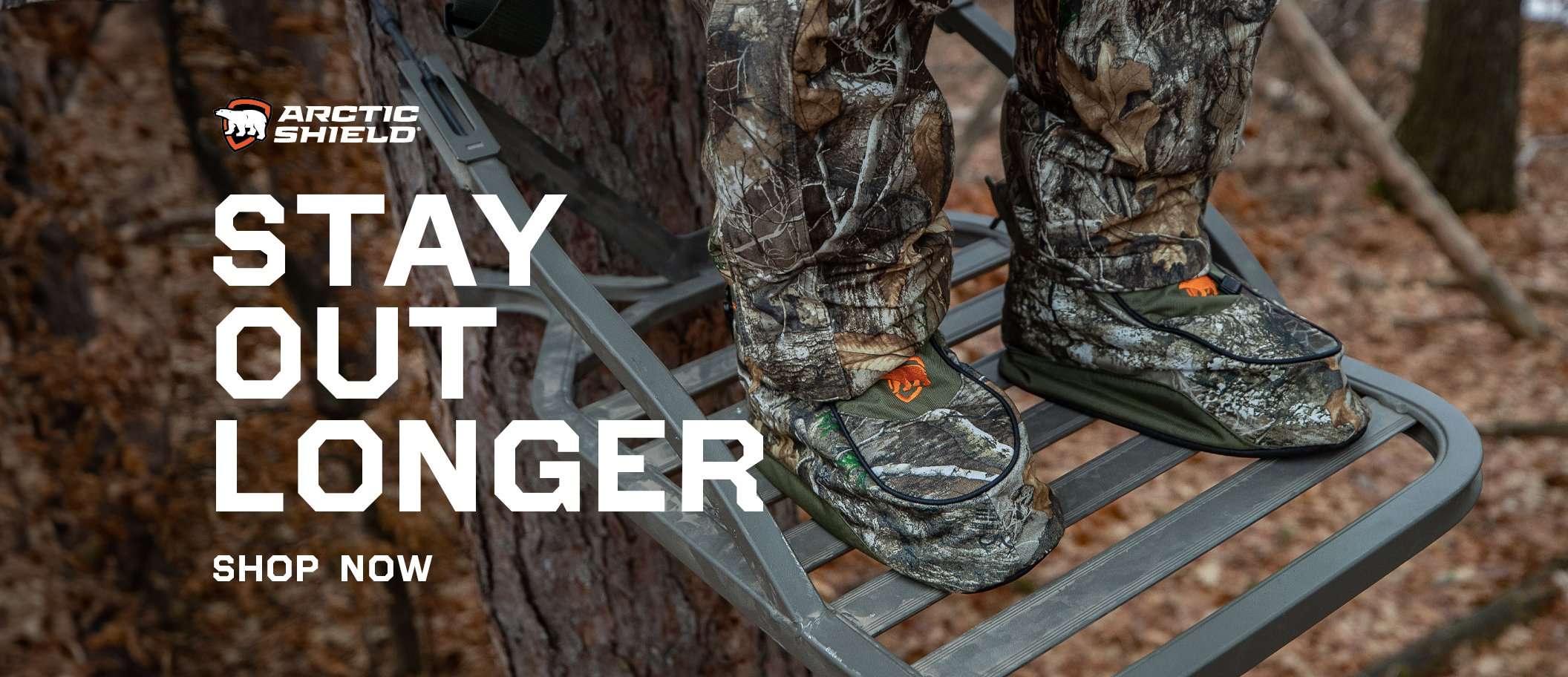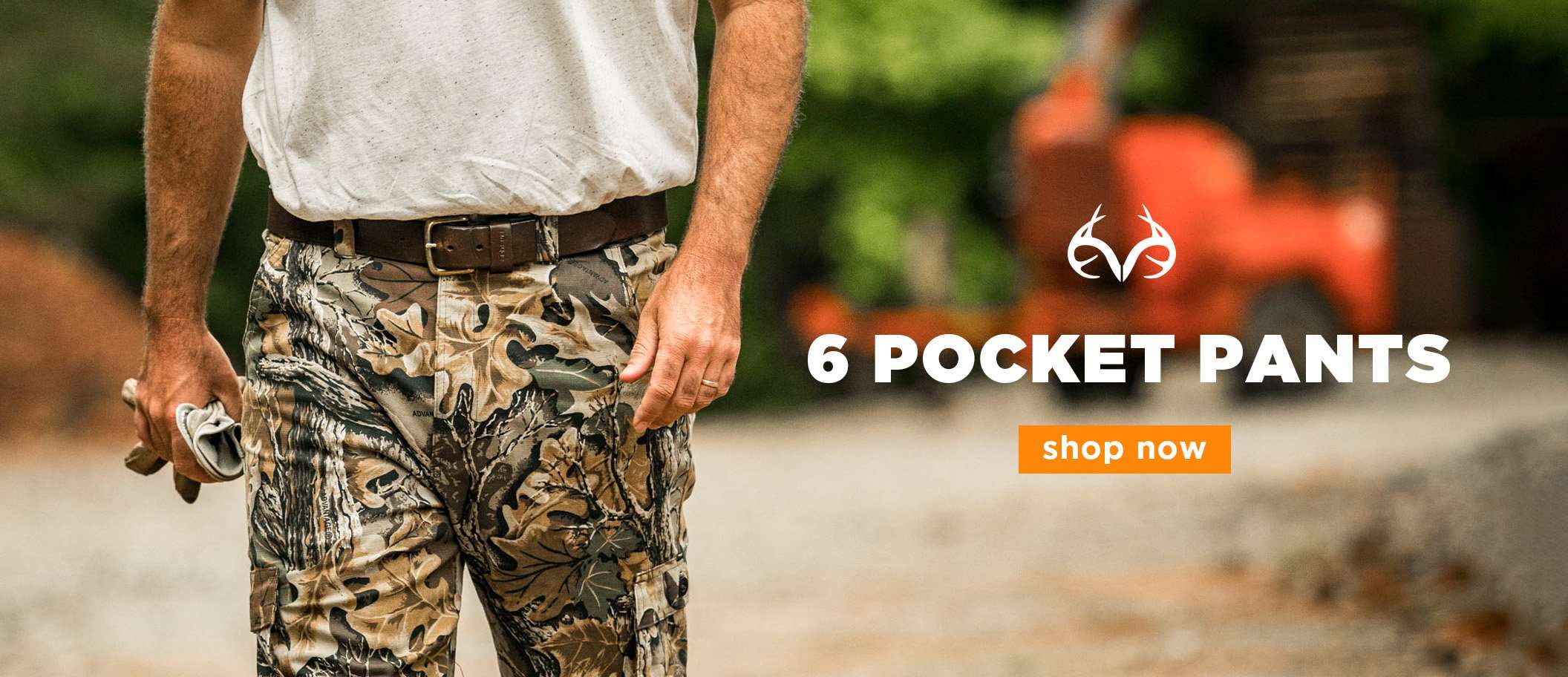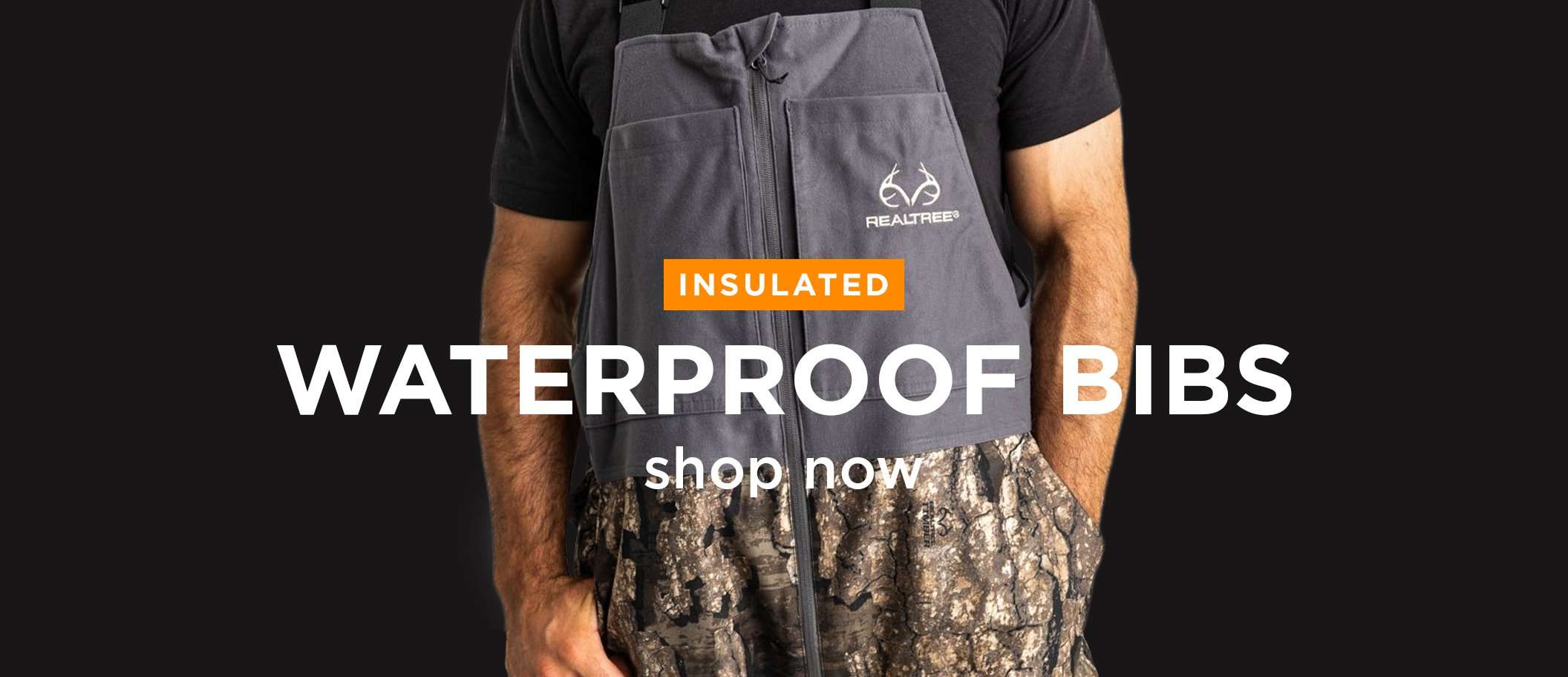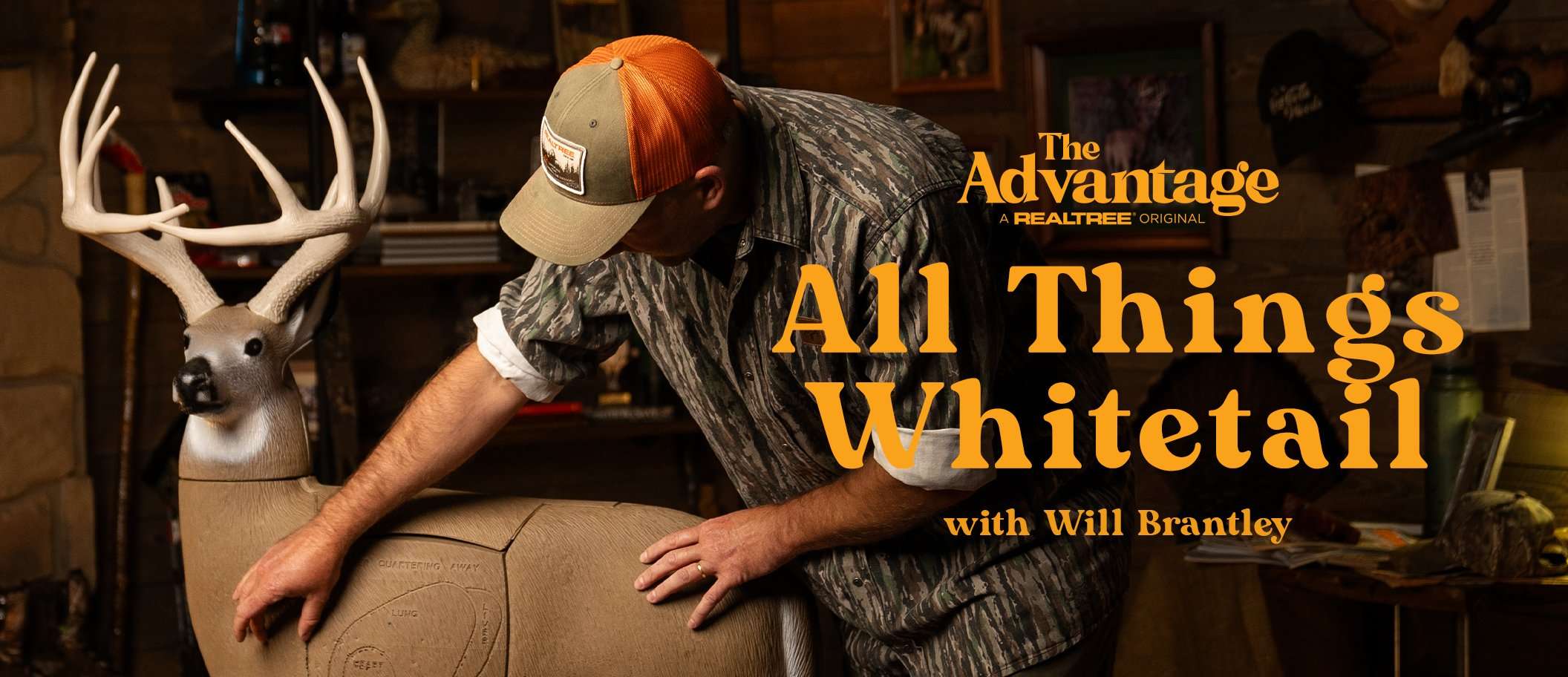Time-tested advice that’s worked for decades and can still help you bag a gobbler today
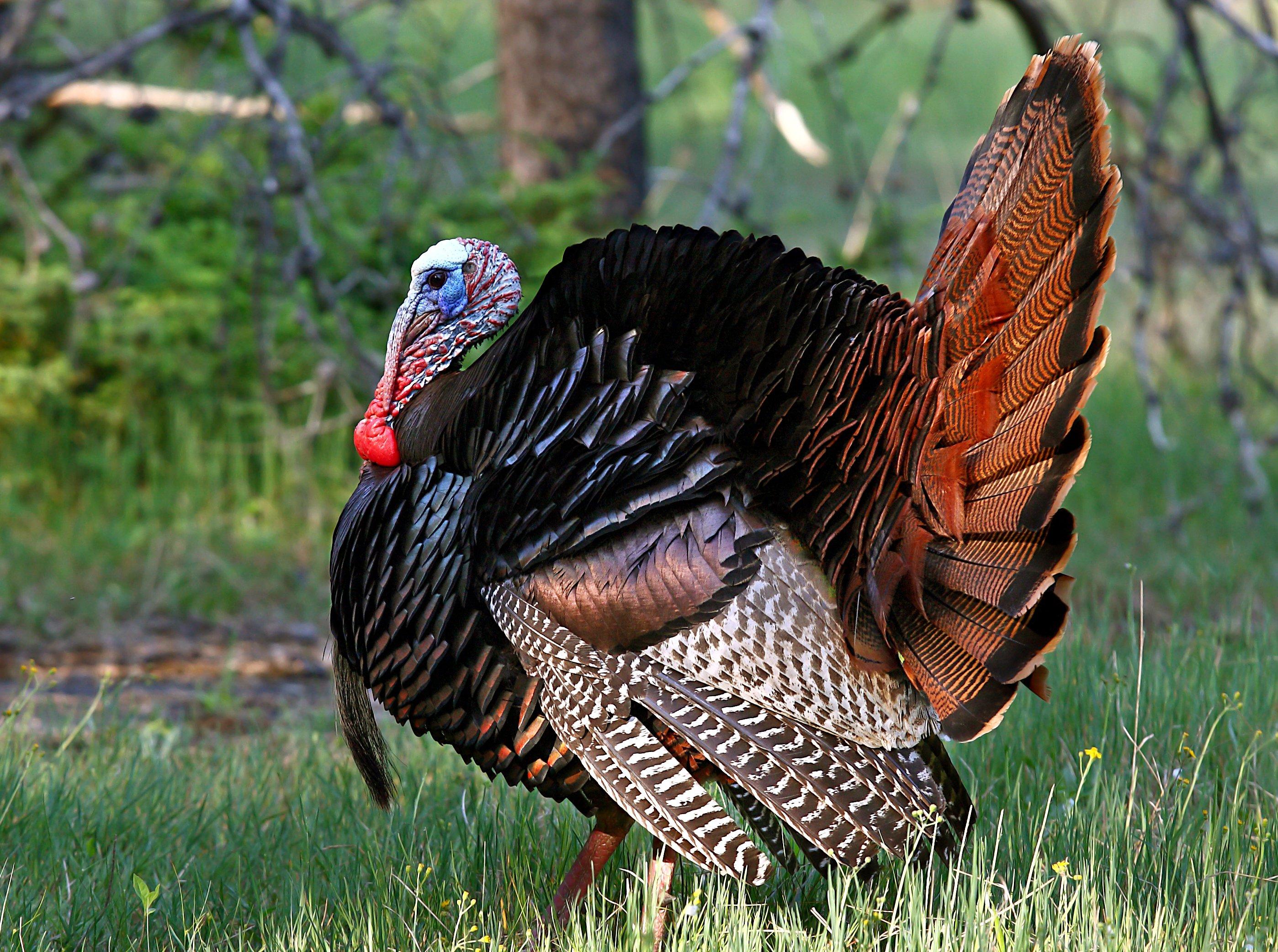
You can’t go wrong with old-school strategies that have worked for generations of turkey hunters. Image by Jim Cummings
With turkey season around the corner, I’m re-reading Spring Gobbler Fever, a book I wrote in the early 1990s. I’m filled with nostalgia and fond memories of hunts from a different time. Back then, we’d never heard of a smart phone, much less carried one in a vest pocket. We didn’t use strutter decoys. Fanning, what’s that? Shooting at a bird 60 yards away with #9 shot? They’d revoke your license!
We didn’t use fancy gear or tactics, but man we killed turkeys, bunches of them. The following old-school strategies will work just as well for you this spring as they did for me 40 years ago.
1. Pick the Right Spot
On a hunt in Alabama in the 1980s, a gray-haired guide whose name escapes me said, “Don’t matter how good you yelp, son, killing a turkey is all about sitting in the right spot.” I wish I could remember that old-timer’s name. Four decades and dozens of dead gobblers later, I know it’s the best advice I ever got.
As you approach a gobbling turkey, scan the woods and terrain and weigh your options. Move around and look for a calling tree in a spot where it’s easy and natural for a longbeard to come in. Like a rolling, semi-open hardwood ridge, or a flat, sun-laced river bottom, or along the edge of a narrow deer food plot. Rarely will a gobbler bust through thick brush to come to your yelps, or fly across a creek or river to get to the side you’re calling from. Move and take obstacles out of play before you sit down to yelp. Calling a turkey in all starts with picking the right spot.
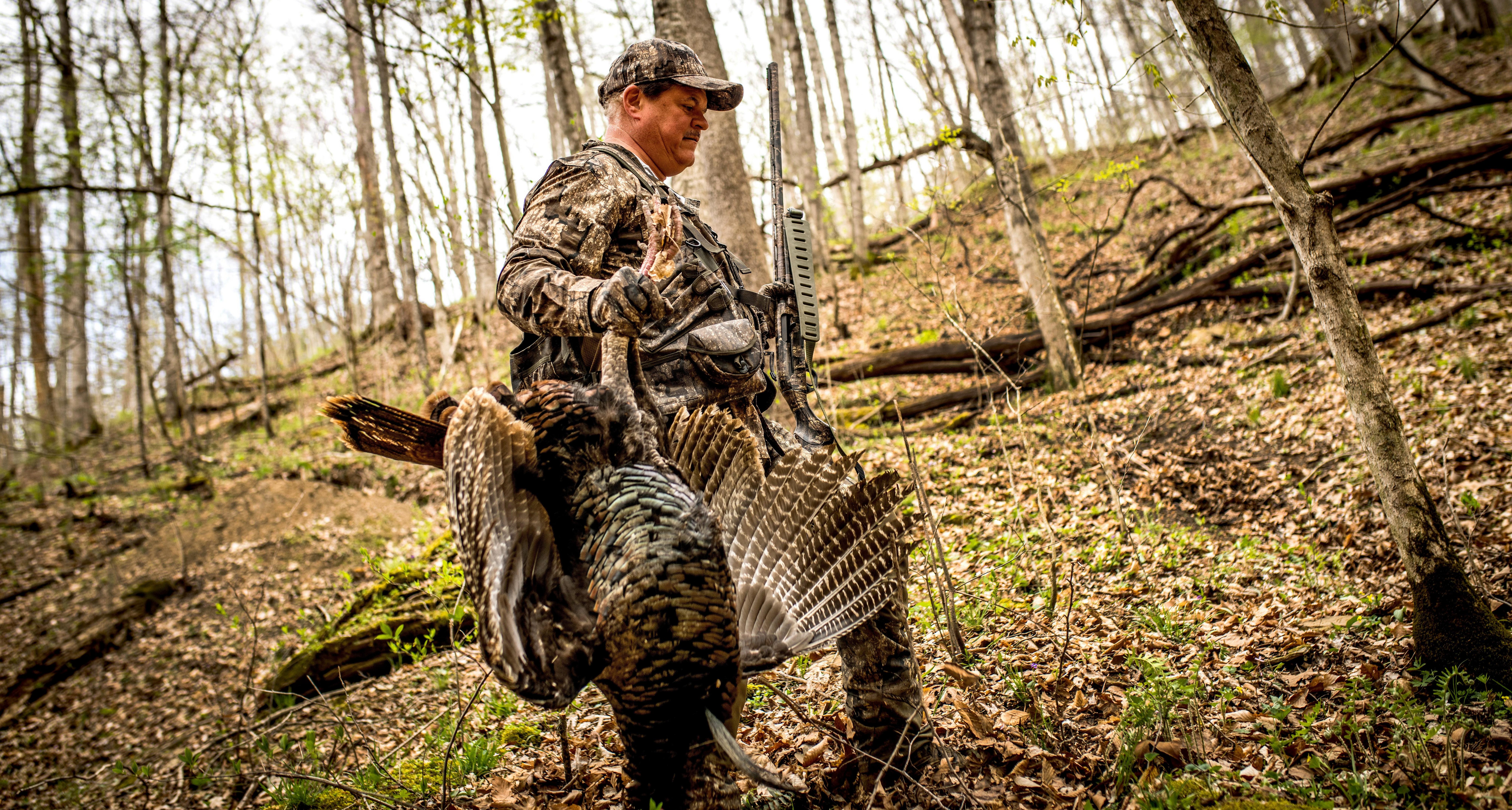
Success in the turkey woods often comes down to sitting in the right spot. Image by Bill Konway
2. Move and Listen
When a turkey gobbles for the first time on the limb in the predawn, you’re jacked. But don’t tear off through the dark woods after him. Perk your ears. Listen. Each time he gobbles again, move 20 to 30 yards in that direction, and stop. Hopefully he’ll gobble several more times so you can sneak ahead and draw a line to which tree he’s roosted in. Do it right and you should be able to slip within 100 yards of a gobbler on a limb.
Don’t Miss: Great Wild Turkey Recipes
3. Wing It
All the best turkey hunters were in the South 40 years ago, and I learned this trick from a hunter in Mississippi. When you’re set up on a roosted gobbler, make a fly-down cackle on a mouth call while slapping a turkey wing rapidly against your leg to simulate a live hen pitching down from the roost; that can entice the gobbler to fly down to you. When you’re calling to a strutter later in the morning, stir the wing in the leaves as you yelp and purr for added realism. The best wing to use is from a hen turkey you kill legally in the fall. Cut off the wing, scissor it halfway open, pin the feathers in place on a sheet of cardboard and let it dry and set up. Small and perfectly formed, the wing is easy to carry in your vest pouch.
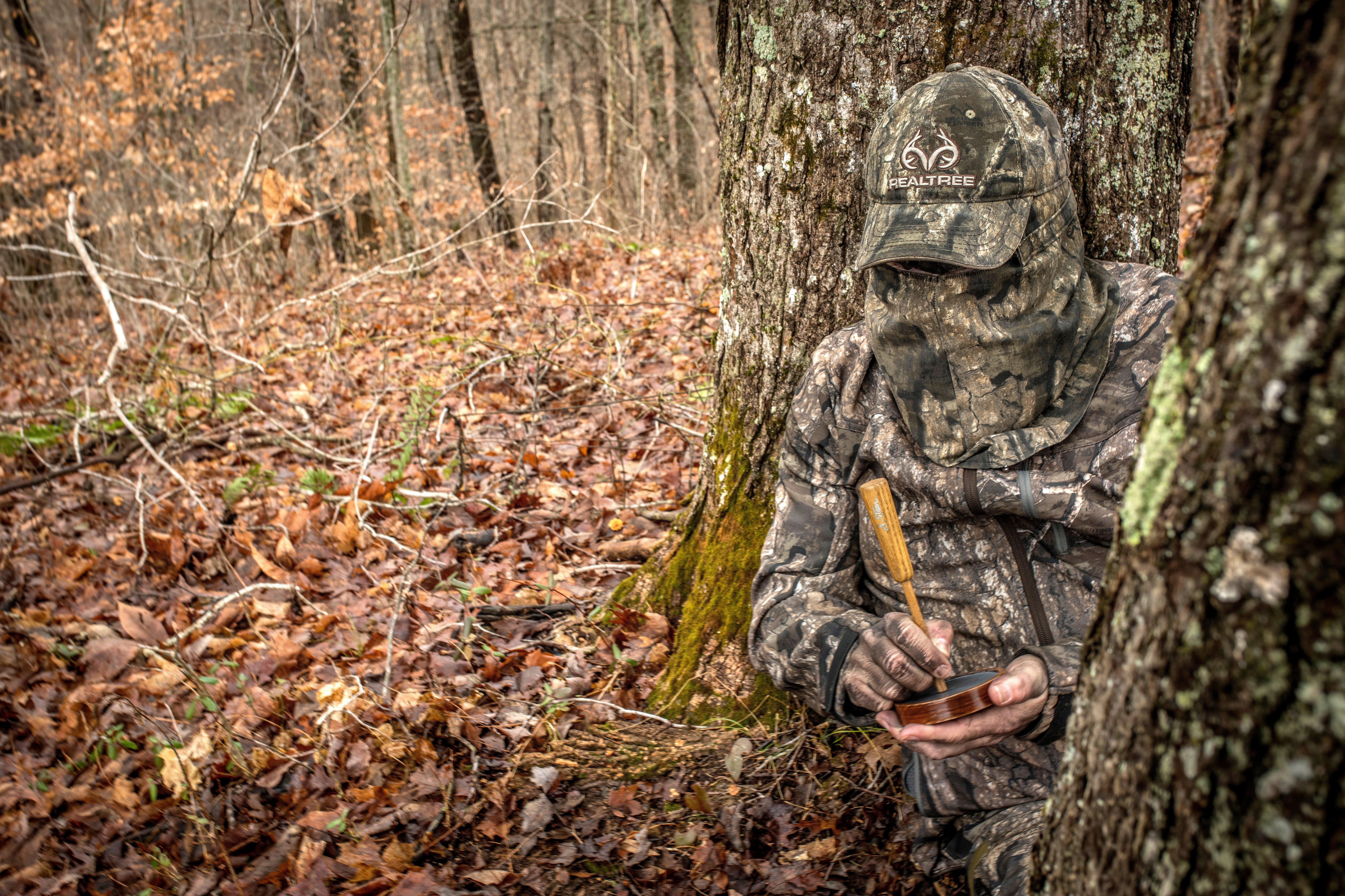
If a bird hangs up 70 or 80 yards away, try coaxing him with soft yelps, clucks, and purrs. Image by Bill Konway
4. Mix It Up
Listen closely and you’ll hear that live hens make high-pitched squeals and whines as they yelp. Those little falsetto notes can drive a gobbler wild. Tweak your calling for the same effect. Mix little squeals and whines with your yelps to bring a bird running.
5. Climb the Ladder
I call to a turkey softly at first and “climb the ladder” as necessary, yelping and clucking with more volume and vigor as I go. I read the intensity of a turkey’s response gobbles, and give him the calling he likes. On most birds, light to moderate yelping will do the trick.
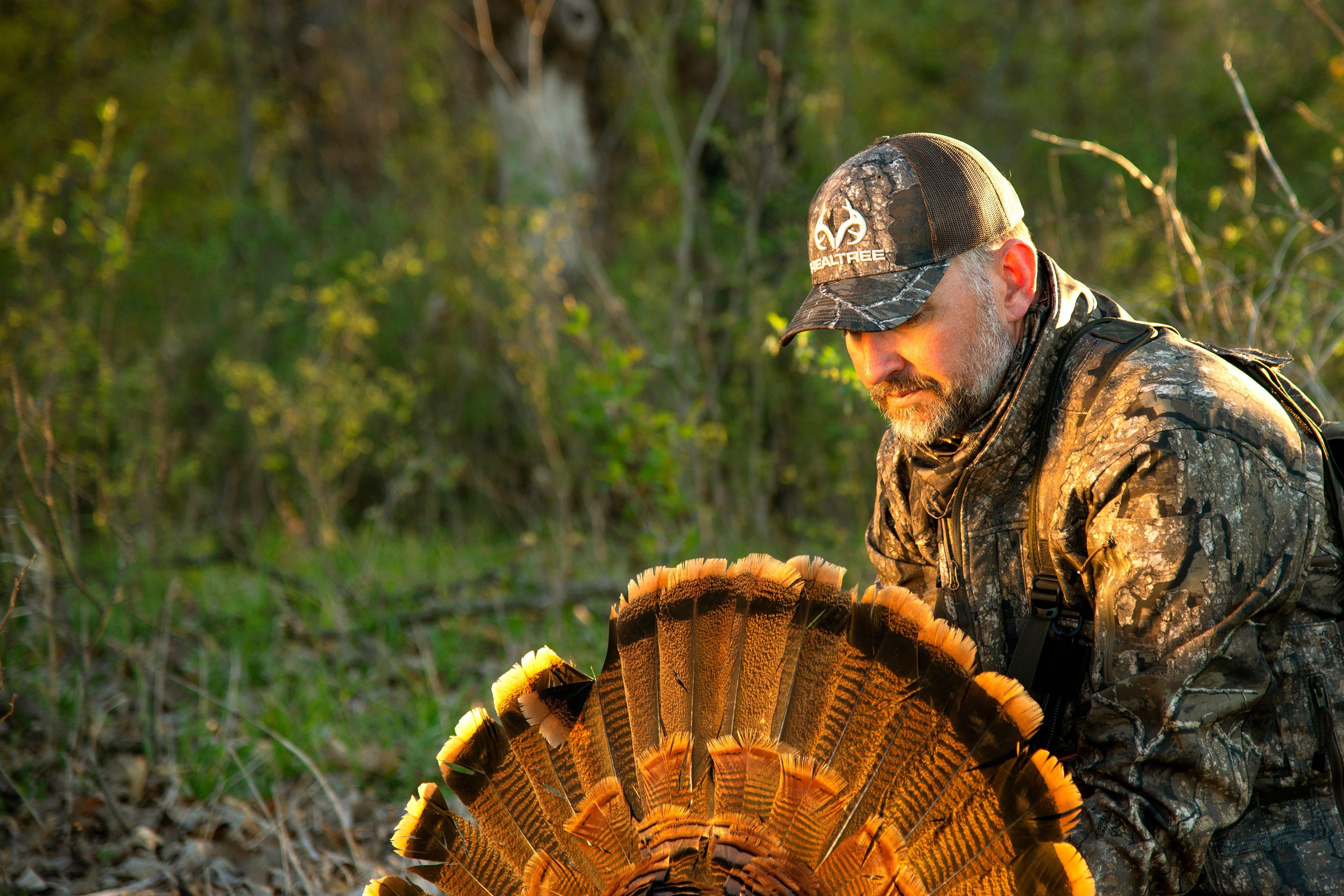
As you approach a gobbling bird, scan the area and select a setup location that the bird can easily move to without encountering obstacles like thick brush or wide creeks. Image by Drew Yarkosky
6. Play Hard to Get
When you run across a stubborn turkey that’s gobbling so-so, maybe answering your every fourth or fifth call, find a good tree, sit, and wait him out for 30 minutes or more than hour if you have the time and patience. Upon honoring your first yelp with a gobble, a tom turkey knows where you are, and he does what comes naturally, which is stand in the woods and spin and strut in gaudy splendor, waiting for the hen (you) to come to him. But that is not going to happen. By staying put and calling a little and scratching leaves for a half-hour or longer, you’re a hen playing hard to get. Often a turkey can’t stand it anymore; he’ll start gobbling harder, break strut, and come. Stay ready, with shotgun up on your knees.
Don’t Miss: Advanced Turkey Talk
7. No Decoys Necessary
Years ago, we sometimes used one bland-looking foam hen, but we didn’t rely heavily on decoys to fool a field turkey like many of you do today. Old habits die hard, and I rarely carry decoys to this day. Instead, when I strike a strutter with a box call or spot one fanning and spinning out in a green field, I sneak through the bordering woods and find a calling spot. A corner or point of woods that juts out into a field is great. If there’s an old roadbed that dumps into a field, that’s good too. I’ve killed quite a few birds that strutted out of a field and down a two-track looking for the “hen” calling back in the woods. No matter the setup, the more aggressively you call to a field turkey, the more likely he is to hang up out there in the middle and strut. Just float clucks, yelps, purrs, and the occasional excited cutt from your hidden setup to let a gobbler know you’re there and playing hard to get. There’s a decent chance he'll eventually break strut and come in, no decoy required.
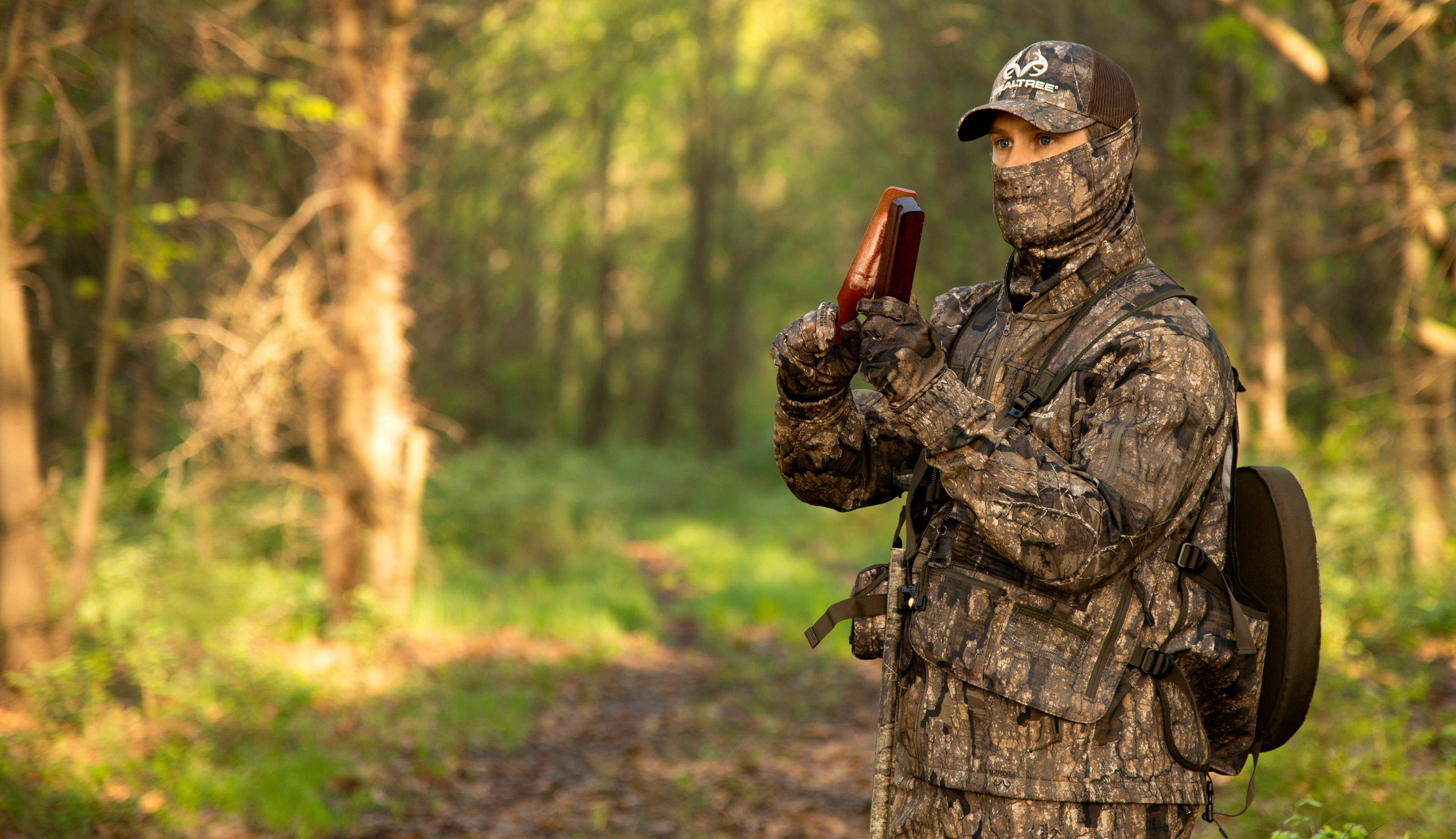
Find a corner or point of woods that juts out into a field to call. An old roadbed that leads to a field is also a good spot for calling. Image by Drew Yarkosky
8. Finisher Calls
When a turkey is gobbling hard and moving your way, stop calling! Sit back, enjoy the show, and let him come. But when a bird stops and hangs up 70 or 80 yards away, you’ll need to coax him. When the turkey gobbles or drums, or shuffles leaves with his big feet, you cluck and yelp. When a turkey gobbles or drums or walks, his hearing is less acute, and it’s tough for him to nail the precise location of your calls. The bird will keep inching closer in search of that sweet-talking hen, until he works into shotgun range.
Don’t Miss: The Best Semi-Guided Turkey Hunts
9. Flow with a Gobbler
A bird is gobbling like a banshee 100 yards out and coming. Get ready to kill him before you see him. Pull up your knees, rest your shotgun over them and point it toward the gobbles. If the turkey veers left, ease your body and gun to the left. If he moves right, slide your knees and gun right. Continue to flow slowly and smoothly with the turkey as he gobbles and shuffles leaves. When you finally see him, your gun barrel is pointed right at him.
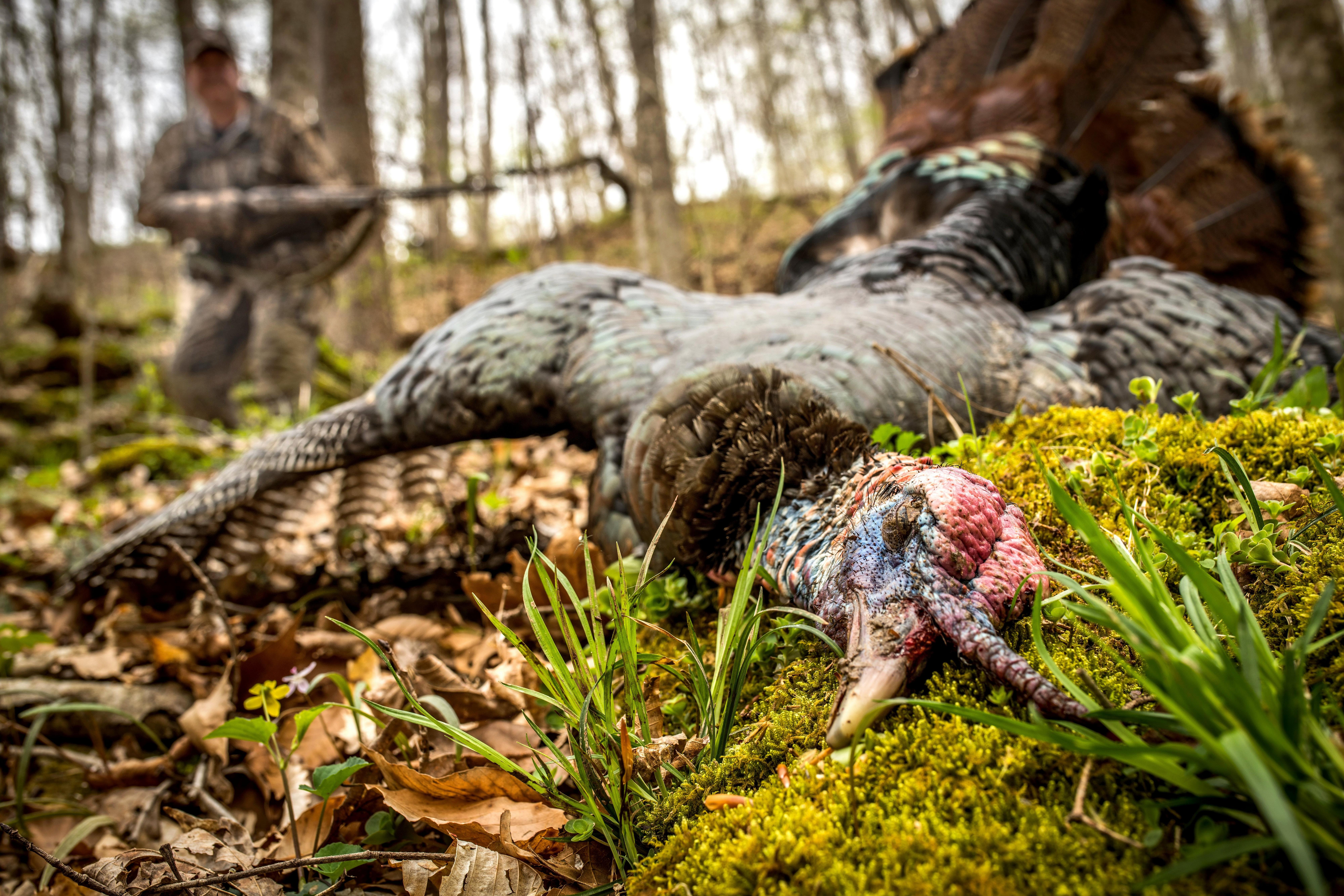
Let the gobbler work to within 30 or 40 yards, then when he sticks his neck up, take your shot. Image by Bill Konway
10. Make One Shot Count
I have killed dozens of longbeards with my old Remington autoloader, 3-inch 12-gauge, using #4 and #6 lead loads. I still shoot that gun, but I have gone modern with choke and loads. I’ve replaced the extra-full turkey tube with a modified choke, through which I now shoot either #7 or #9 TSS (Tungsten Super Shot). While I break from tradition with old-timey firepower, I hold firm in turkey-killing range. Let a gobbler work your calls to within 40 yards, and maybe 30. When he runs his red neck up like a periscope, looking for the calling hen, that’s your shot. Head down and cheek dug deeply into the gunstock. Center the front barrel bead (or crosshair or red dot) a smidge above the major caruncles, those fleshy, gaudy, beautiful red bubbles on the base of a gobbler’s neck beneath his blue-white head. Deep breath, safety off, press the trigger, follow through and enjoy the flop like I have for the past 40 years.

